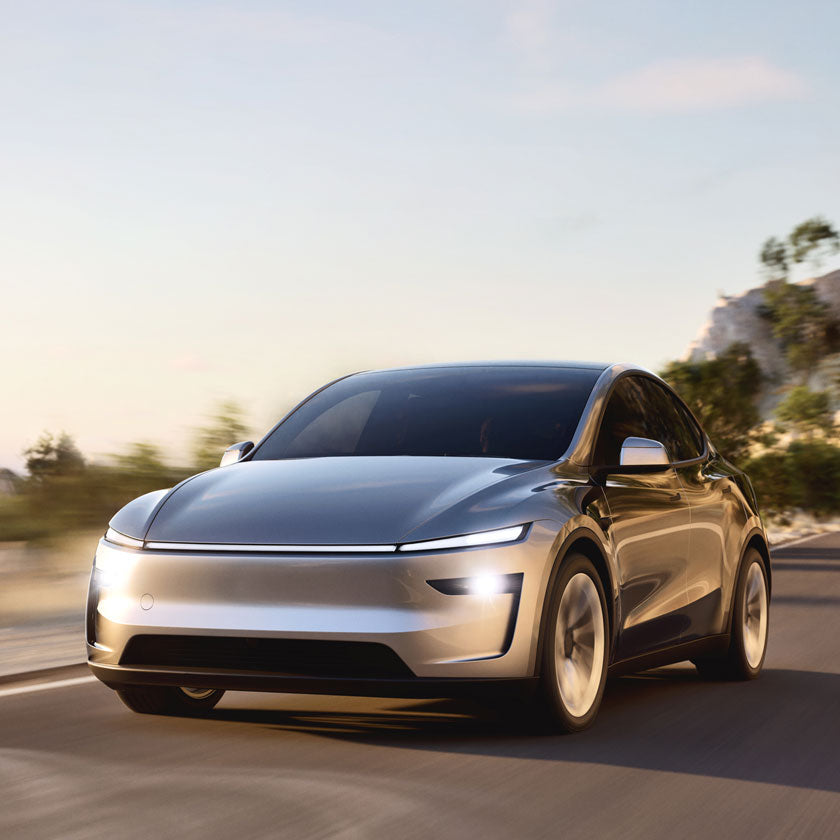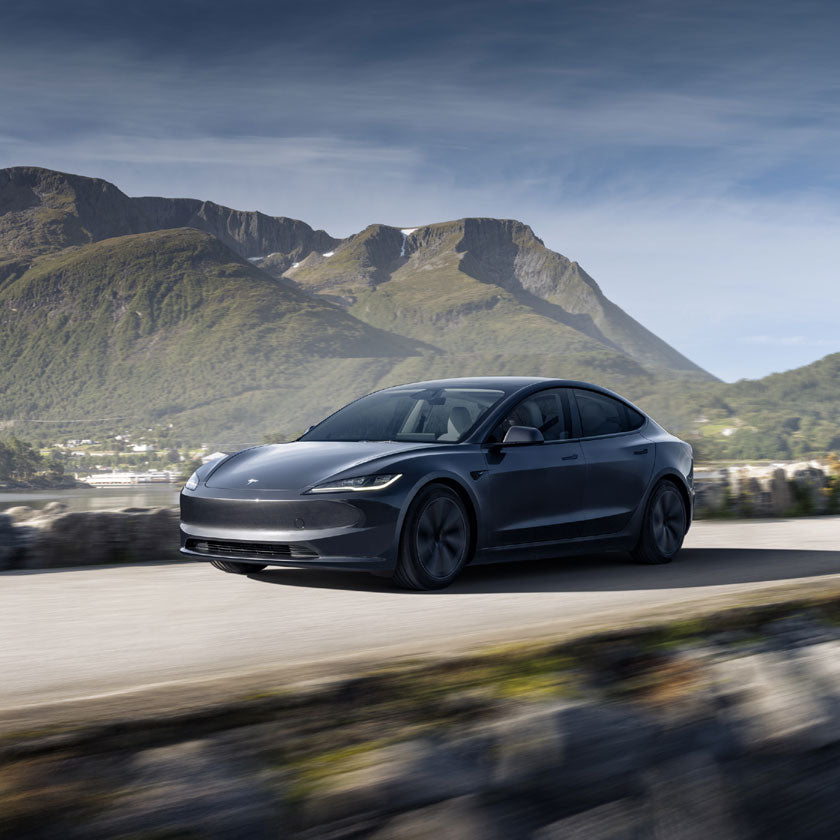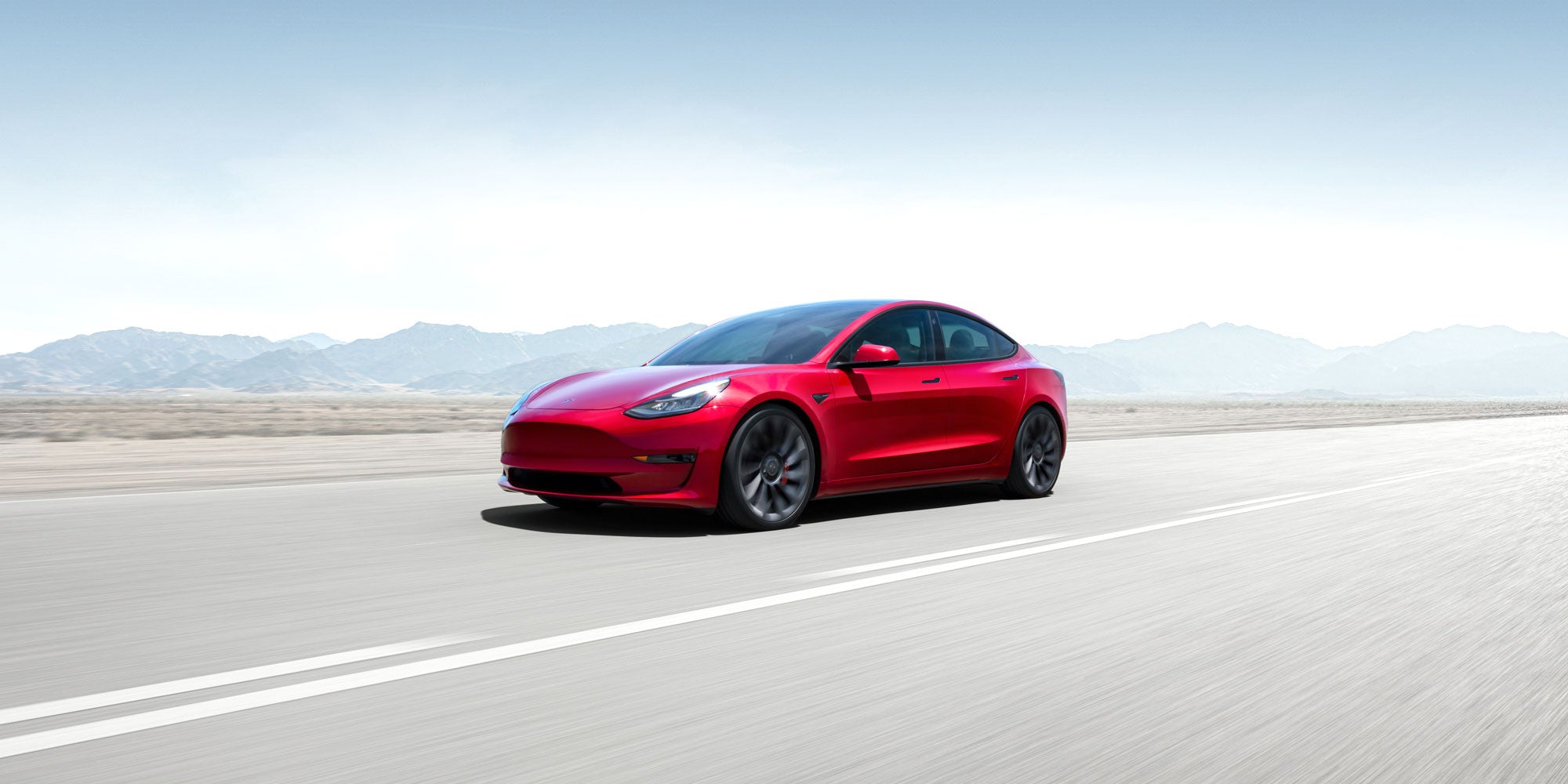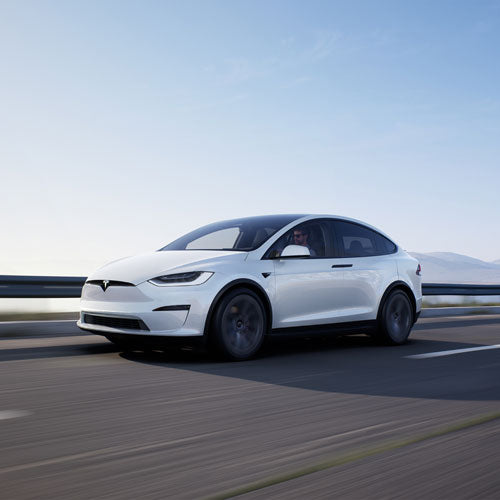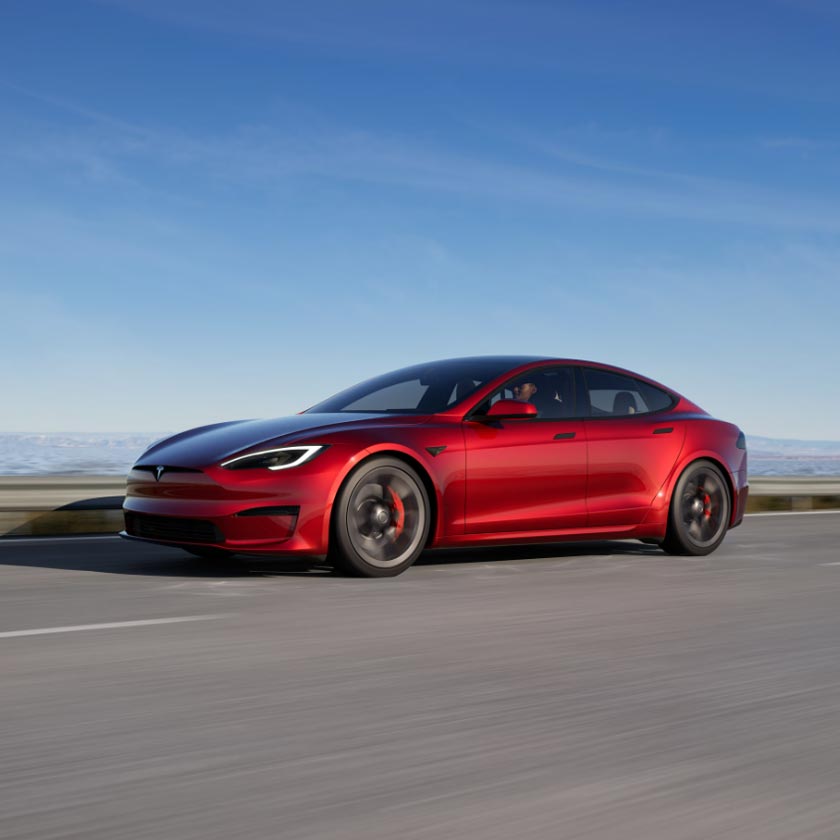Featured Image Source: SpaceX
Elon Musk, founder and chief engineer at SpaceX, is hell-bent on colonizing Mars by the year 2050. "The future of humanity is going to bifurcate in two directions: Either it’s going to become multiplanetary, or it’s going to remain confined to one planet and eventually there’s going to be an extinction event," he assures. Musk hires the best engineers to work for his rocket company, they have developed some of the most advanced rockets in the world. SpaceX's Falcon 9 and Falcon Heavy rockets are capable of lifting payload into orbit, then minutes after liftoff, the rocket's first-stage booster returns from space in order to be reused again. In the aerospace industry, no rocket landed vertically with the power of its own engines and SpaceX introduced the innovation. The company has made rocket recovery their signature feat. It is a path to truly revolutionize spaceflight, every launch and recovery is paving the way towards transforming rockets into vehicles that could one day be as reusable and reliable as airplanes. Reusability, long-term, could make spaceflight more affordable and accessible for everyone.
Image Source: SpaceX
This year, SpaceX will launch NASA astronauts for the first time to the International Space Station aboard the upgraded Crew Dragon spacecraft. Dragon demonstrated its technology is reliable to autonomously dock to the space station -no other spacecraft in history has achieved that. NASA astronauts are scheduled to launch aboard Dragon sometime in May this year. NASA has been highly dependent on Russian spacecraft to ferry astronauts to the orbiting laboratory for almost a decade. SpaceX will return spaceflight capabilities to the United States.
Musk does not want to settle in low Earth orbit though, he envisions a 'Moon Base Alpha' too, but his eyes are really set on Mars. In his grand vision, the space station and the moon are only stepping stones towards becoming multiplanetary species. Musk and his teams at SpaceX are in the process of developing a massive Starship, that will one day be capable of conducting long-duration voyages to the Red Planet. The first prototypes of Starship are currently under construction and undergoing testing at his SpaceX facility located in Boca Chica Beach, Brownsville, Texas. Engineers are designing a stainless-steel Starship that will be capable of being reused, Musk says it needs "to be relaunched an hour after landing, with zero nominal work. The only thing you expect to change on a regular basis is propellant."
Musk's desire to build a colony on Mars in his lifetime is so much, that he runs 24/7 operations to develop the next-generation spacecraft. He even issued a meeting with his employees at 1:00 a.m. in February, to plan on how to speed up Starship production in the Boca Chica factory. Musk’s engineering team explained they needed more people to take-on work shifts. 48 hours later, SpaceX hired 252 workers, doubling the workforce at that factory, Ars Technica reported.
"I hope I'm not dead by the time people go to Mars. [...] If we don’t improve our pace of progress, I’m definitely going to be dead before we go to Mars. If it’s taken us 18 years just to get ready to do the first people to orbit, we’ve got to improve our rate of innovation or, based on past trends, I am definitely going to be dead before Mars."
Musk said during a keynote conversation at the Satellite 2020 conference early March.
He envisions a fleet of 1,000 Starships departing from Earth, 100 of those, embarking on a journey to Mars every 26 months. Those trips will have to take place over the course of about 20 years because the planets only align closer once every two years. Mass departures with hundreds of people and tons of cargo is needed to establish a permanent sustainable settlement on the Martian surface by 2050.
The company aims to conduct the first crewed Starship flight to the moon by the year 2023. Then, perform cargo missions Mars because vital cargo will need to be there first before human arrivals.
Starship SN3 on launch stand at Boca Chica. Image Source: Elon Musk
This week, SpaceX moved a Starship prototype, referred to as SN3, to the launch pad where it will undergo a series of pressurization tests to potentially perform a test flight soon. The company aims to build many iterations of Starship to test out different features in order to develop a space-ready craft. If SpaceX continues a rapid production rate alongside innovation, Musk could achieve his ambitious plans within his lifetime.


